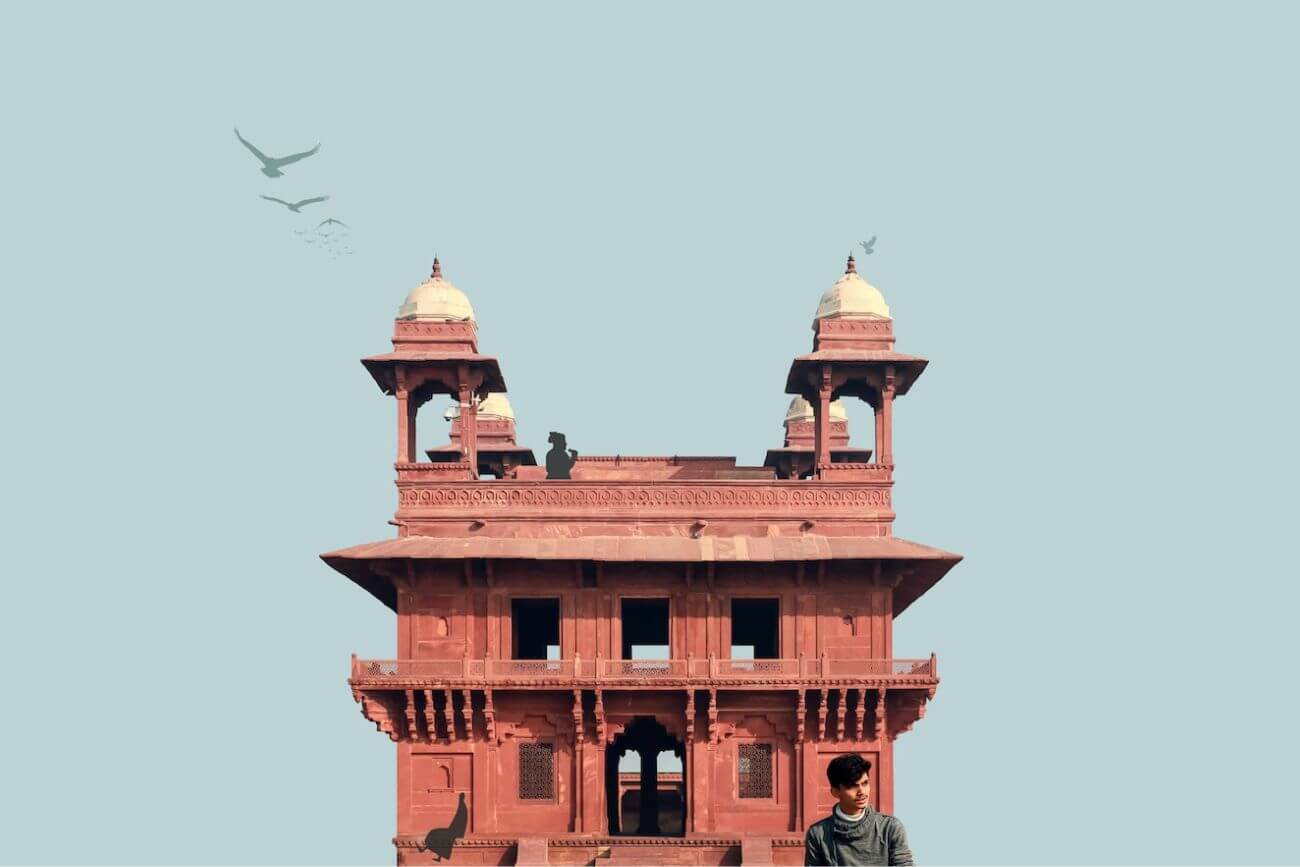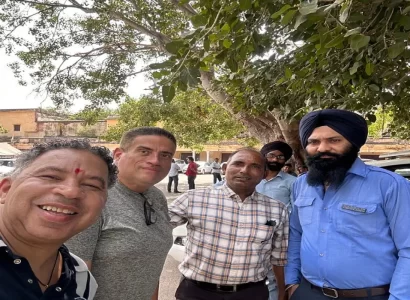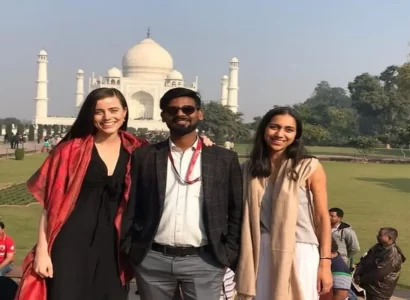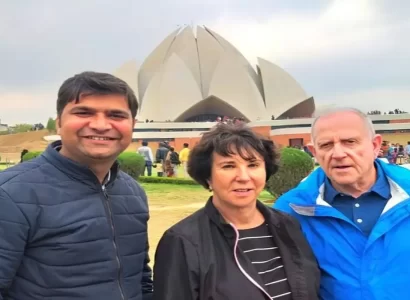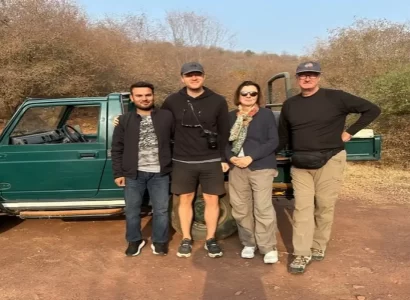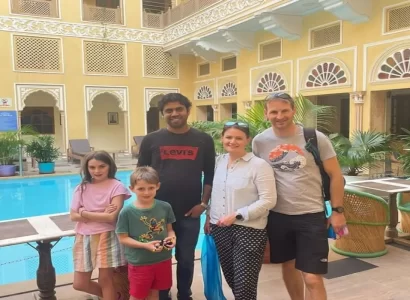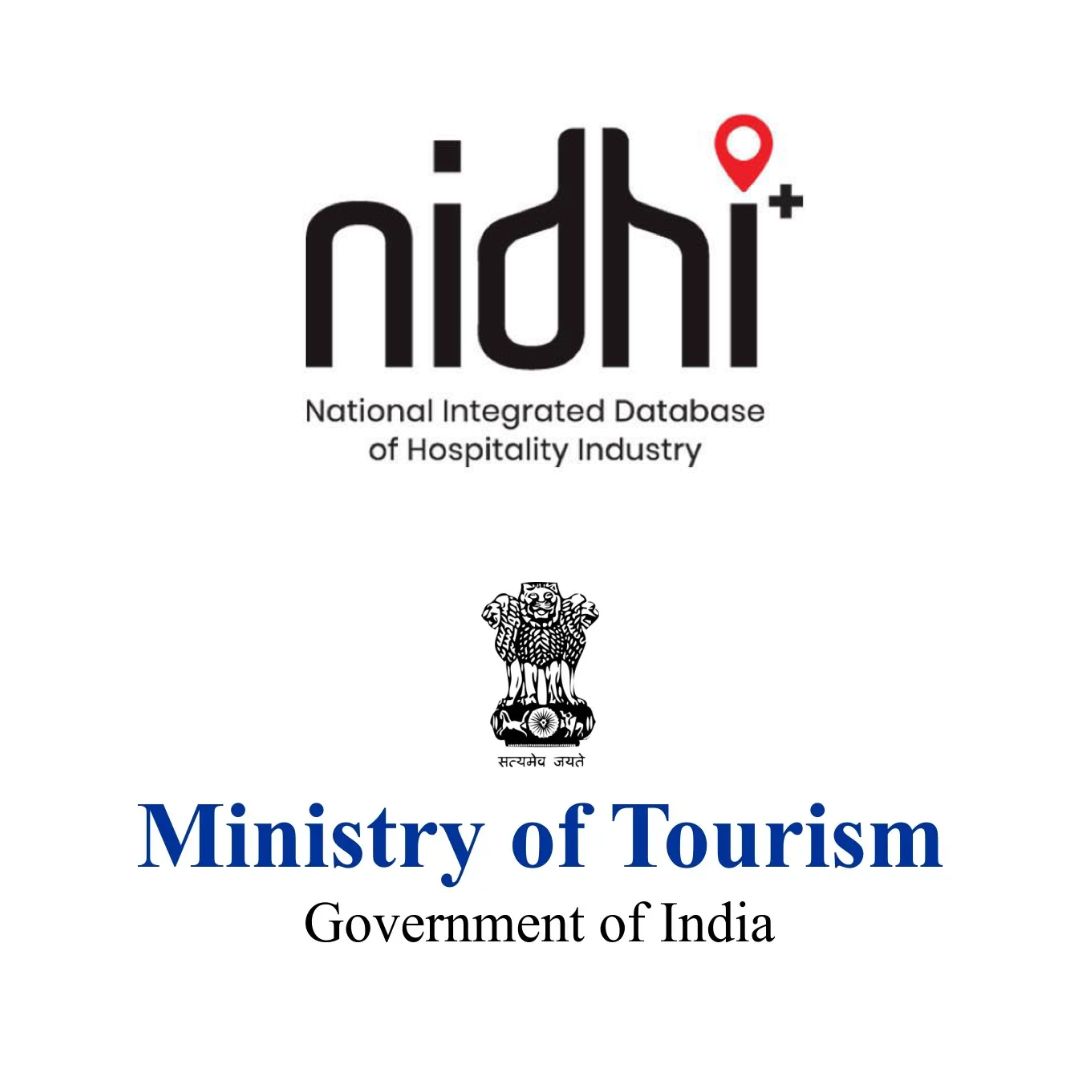HISTORY
Fatehpur Sikri was built by Akbar to honour the Sufi Saint Salim Chishti who lived in Sikri village. Akbar visited the saint to seek his blessing, as he longed to have a son and heir.
The saint assured him it would happen. Not long afterwards, his son was born in 1569. Akbar was overjoyed and named him Salim after the saint. (Although Salim had a turbulent relationship with his father, he went on to be India’s fourth Mughal Emperor, known as Jahangir.
He was a very successful and amicable ruler who consolidated the Mughal Empire). Following his son’s birth, Akbar constructed a grand mosque near the saint’s dwelling as well.
LOCATION
About 40 km West of Agra. A popular day trip from Agra is to Fatehpur Sikri. Taxis cost roughly 1,800 rupees and higher, depending on vehicle size. Alternatively, you can take the bus for roughly 50 rupees round trip.
Agra Magic offers a three-hour private excursion to Fatehpur Sikri. Fatehpur Sikri trips are also available via Uttar Pradesh Tourism. (Agra Fort and the Taj Mahal are included in full-day tours.)
BEST TIME TO VISIT FATEHPUR SIKRI
The best time to visit Fatehpur Sikri is between November and March when the weather is milder and drier. It is open from dawn until dusk. Go early in the morning when it will be less busy and peaceful.
TICKET INFORMATION
Fatehpur Sikri is divided into two sections: the mosque and the palace complex, which are enclosed by a fortification wall. Visitors will require a ticket for the palace complex but not the mosque.
The ticket is Rs. 50 for Indians and Rs. 610 for foreigners. Entry is free for children aged 15 years and younger. Tickets can be purchased online as well as offline.
WHAT TO SEE
Buland Darwaza, at the entrance to Jama Masjid (mosque), is said to be the world’s tallest doorway. The white marble tomb of Sufi saint Salim Chishti is hidden behind this magnificently carved gate.
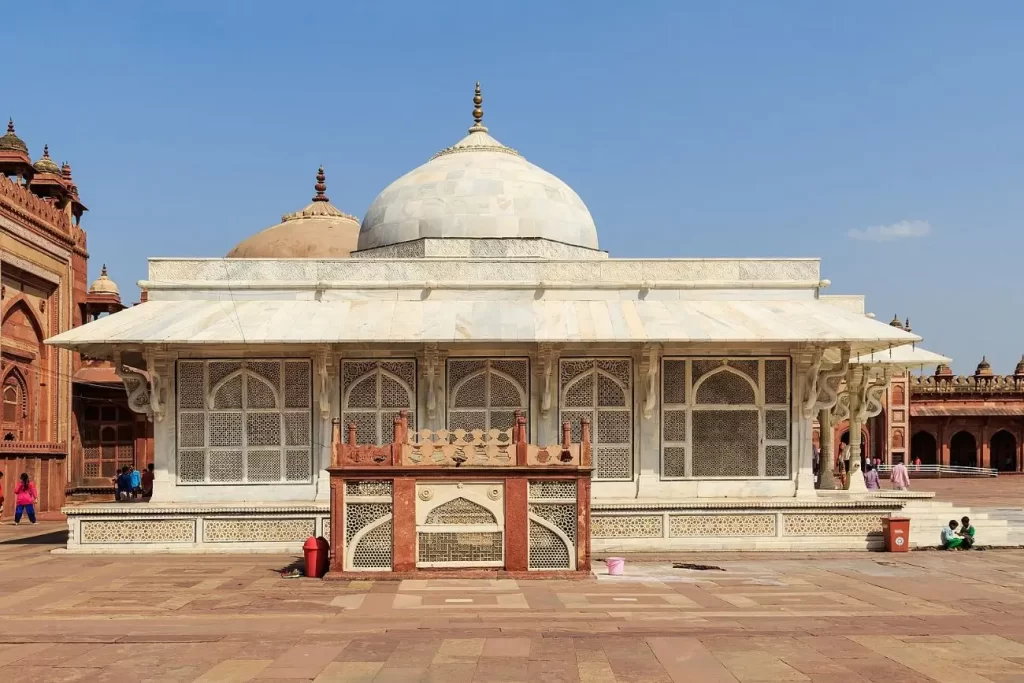
The royal complex and its Jodha Bhai gate, one of two entry gates, are to the right. The main gate, Diwan-e-Am, is a little further on. There’s also a free Archaeological Museum nearby, which is open daily from 9:00 a.m. to 5:00 p.m., except Fridays (closed).
The architecture of the palace is an outstanding combination of Islamic and Hindu influences. The most magnificent edifice in the complex is Akbar’s main wife, Jodha Bai’s home. The Diwan-e-Khas (Hall of Private Audiences) has a single pillar (the Lotus Throne pillar) that is thought to have been built by the Mughals.
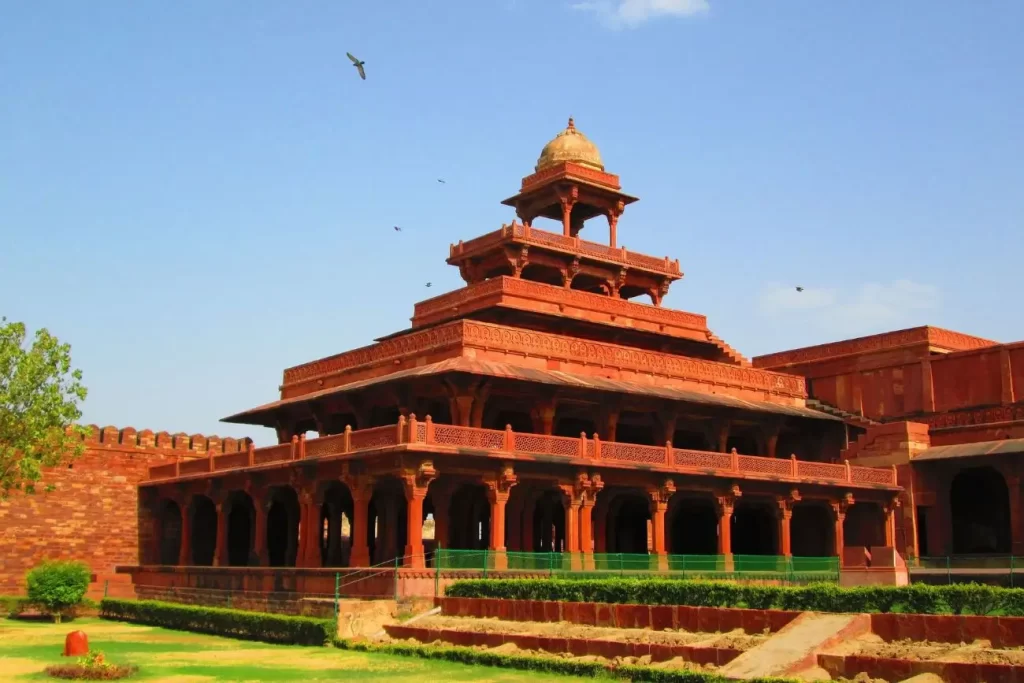
Other prominent structures are the five-story Panch Mahal (royal women’s recreation quarters), Daulat Khana-I-Khas (Akbar’s private rooms), the Ankh Micholi Treasury, and an ornamental pond.
The unique Hiran Minar is another off-the-beaten-path attraction worth seeing. To get to this spiky tower, descend the steep stone slope through the Elephant Gate of the royal complex. Request that your guide take you there.
According to legend, Akbar loved to observe antelope (hiran) from the top of the tower. Others claim it was built on the site of Akbar’s favourite elephant, Hiran, who was known to execute individuals by stepping over them and crushing their chests. It’s covered in stone elephant tusks.
BEWARE OF THE PICKPOCKETS, FAKE TOUR GUIDES, TOUTS AND BEGGARS
The problem of pickpockets, fake tour guides and touts enticing tourists, especially foreigners has reached its peak in Fatehpur Sikri. It has become so grave an issue that some travel companies have started excluding it from their travel itineraries.
ACCOMMODATION
Accommodations cannot be easily found in Fatehpur Sikri, so it is always a good idea to stay in Agra. However, if you want to stay close to the site then Govardhan Tourist Complex is the best option.
One can also visit Bharatpur which is just 25 minutes away. This place is famous for its Keoladeo National Park or the Bharatpur Bird Sanctuary.
Fatehpur Sikri is therefore a small and sleepy town which deserves all the praise for its art, architecture and surrealism. A visit to Agra or Bharatpur will surely be incomplete before paying a stopover at Fatehpur Sikri!
